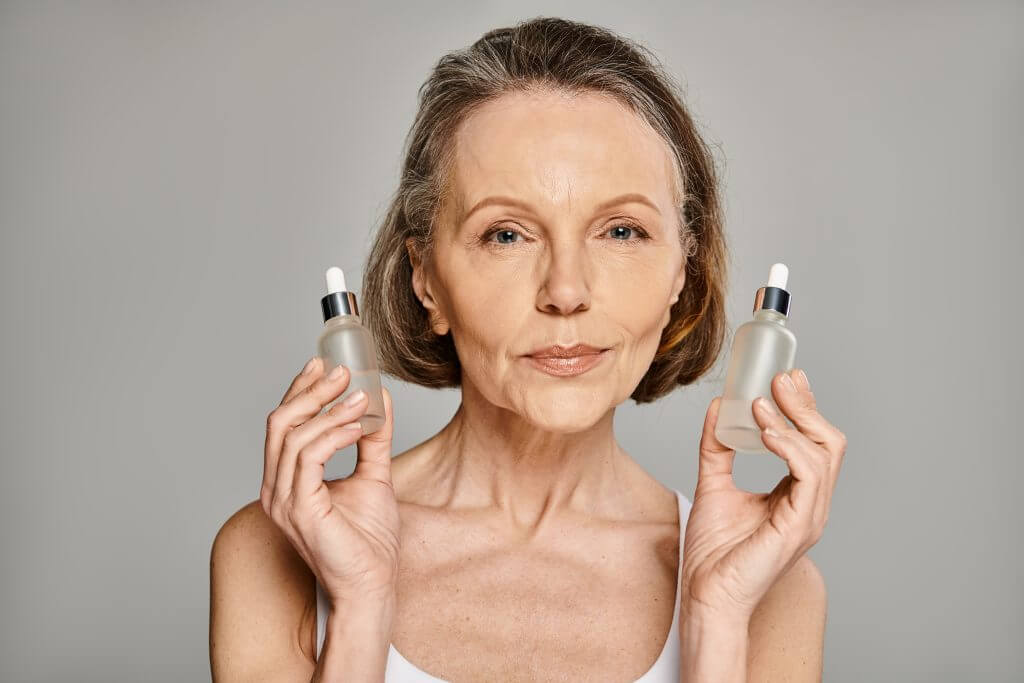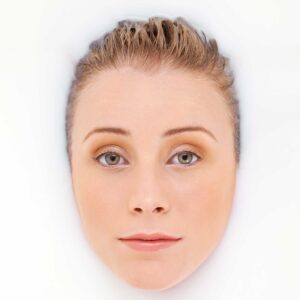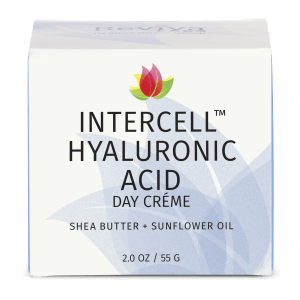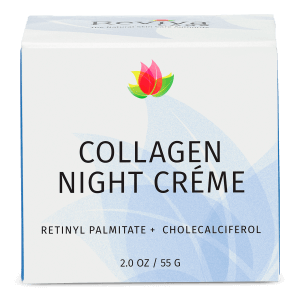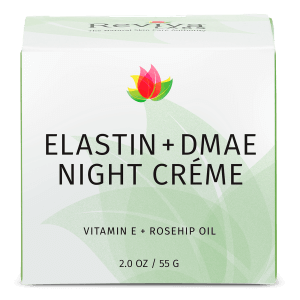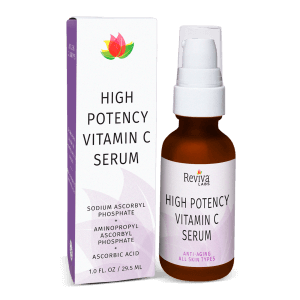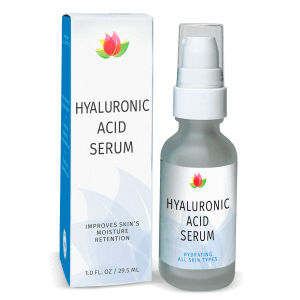Reviva Labs, Skin Care
Anti-Aging Cream vs. Serum: Understanding the Difference
When it comes to maintaining youthful skin, the choices can be overwhelming. Among the most popular options are anti-aging creams and serums. Both promise to combat signs of aging, but they function in distinct ways. Understanding these differences can help you choose the best product for your skincare routine.
What Are Anti-Aging Creams?
Anti-aging creams are skincare products designed to moisturize and protect the skin while targeting signs of aging such as fine lines, wrinkles, and loss of elasticity. They typically have a rich, thick texture and are formulated with various active ingredients that work together to improve skin health.
These creams often contain ingredients like retinoids, peptides, antioxidants, and hyaluronic acid. Retinoids are vitamin A derivatives known for their ability to increase cell turnover and stimulate collagen production. Peptides are short chains of amino acids that help rebuild and repair damaged skin. Antioxidants, such as vitamin C and E, protect the skin from free radical damage. Hyaluronic acid is a powerful hydrating ingredient that helps plump the skin and reduce the appearance of wrinkles.
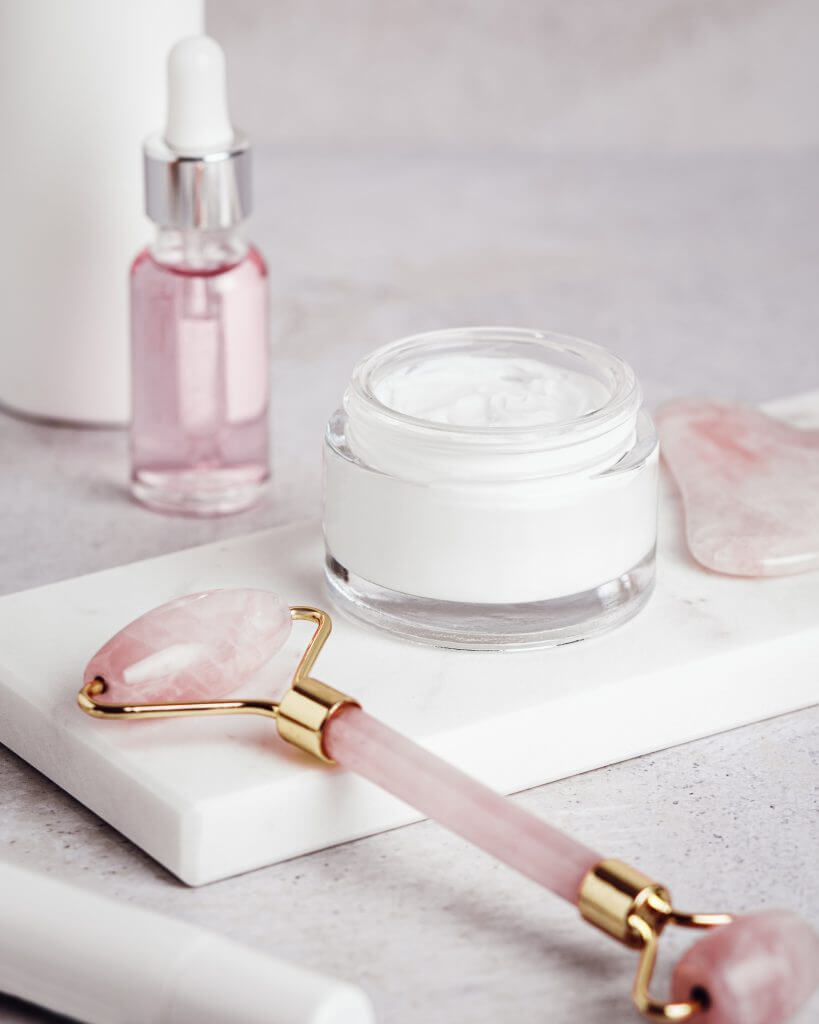
Anti-aging creams are generally applied once or twice a day, depending on the product and individual skin needs. They are suitable for all skin types but are especially beneficial for those with dry or mature skin due to their moisturizing properties.
What Are Serums?
Serums are lightweight, fast-absorbing liquids designed to deliver high concentrations of active ingredients deep into the skin. They have a thinner consistency compared to creams, which allows them to penetrate the skin more effectively.
Serums often focus on specific skin concerns such as fine lines, dark spots, or dullness. Common ingredients found in serums include retinol, vitamin C, niacinamide, and various plant extracts. Retinol, a potent form of vitamin A, is known for its anti-aging benefits. Vitamin C is a powerful antioxidant that brightens the skin and reduces hyperpigmentation. Niacinamide, a form of vitamin B3, improves skin elasticity and enhances the skin barrier function.
Due to their potency, serums are typically used in small amounts and applied before moisturizers. They are suitable for all skin types but are particularly beneficial for those with oily or combination skin, as their lightweight texture doesn’t feel heavy or greasy.
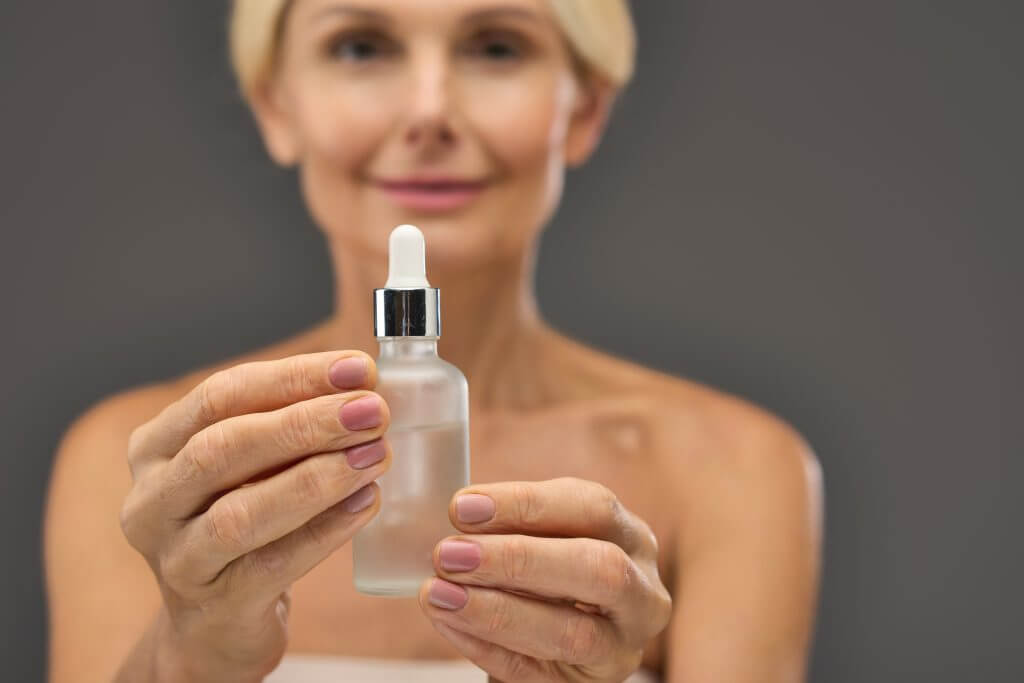
Key Differences Between Anti-Aging Creams and Serums
One of the primary differences between anti-aging creams and serums is their texture and consistency. Creams are thicker and more emollient, providing a protective barrier that locks in moisture. Serums, on the other hand, are lightweight and water-based, allowing for deeper penetration of active ingredients.
The concentration of active ingredients is another key difference. Serums tend to have a higher concentration of actives compared to creams, making them more potent and effective at targeting specific skin concerns. This makes serums an excellent choice for addressing issues such as fine lines or dark spots.
Application methods also differ. Creams are usually applied as the final step in a skincare routine to seal in moisture and provide hydration. Serums are typically applied after cleansing and before moisturizing to ensure the active ingredients are absorbed effectively.
When to Use Anti-Aging Creams
Anti-aging creams are ideal for individuals who need extra hydration and moisture. They are especially beneficial for those with dry or mature skin, as they provide a rich, nourishing layer that helps maintain the skin’s moisture balance.
If you live in a dry or cold climate, an anti-aging cream can be a valuable addition to your skincare routine. The thick consistency helps protect the skin from harsh environmental factors, preventing moisture loss and keeping the skin soft and supple.
For those who prefer a simple skincare routine, an anti-aging cream can offer multiple benefits in one product. Many creams are formulated with a blend of active ingredients that address various signs of aging, making them a convenient option for busy individuals.
When to Use Serums
Serums are an excellent choice for those who want to target specific skin concerns with precision. Their high concentration of active ingredients allows for effective treatment of issues such as fine lines, wrinkles, dark spots, and uneven skin tone.
If you have oily or combination skin, a serum’s lightweight texture can provide the necessary treatment without adding excess oil or heaviness. Serums are also suitable for layering with other products, making them versatile additions to any skincare regimen.
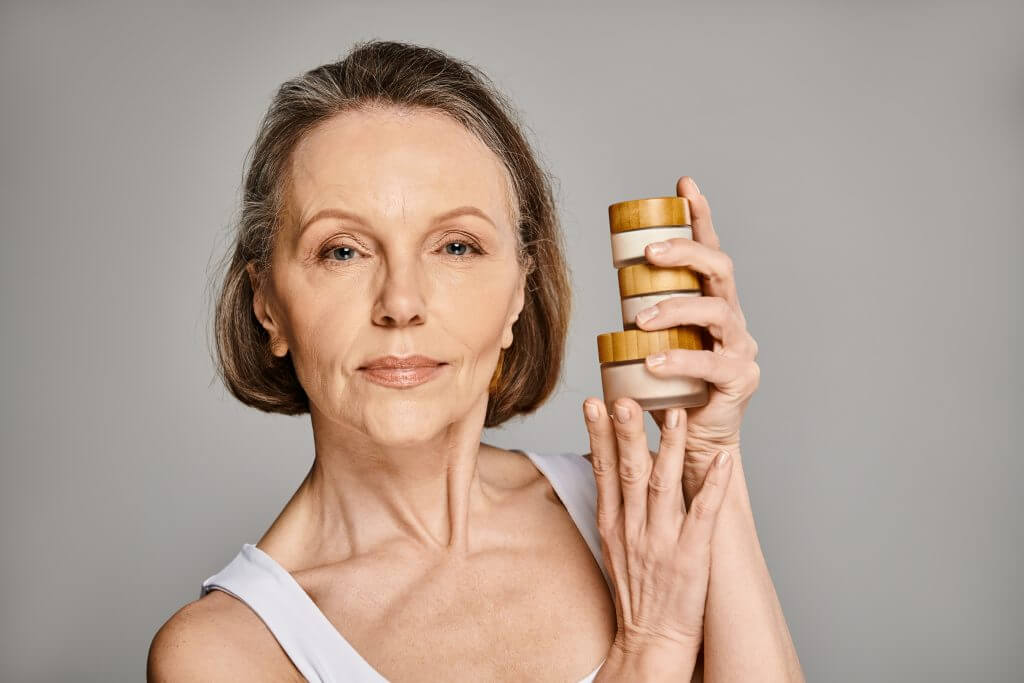
For individuals who enjoy a more extensive skincare routine, serums offer the opportunity to customize and enhance their regimen. By selecting serums with different active ingredients, you can address multiple skin concerns simultaneously.
Combining Anti-Aging Creams and Serums
Many skincare experts recommend using both anti-aging creams and serums for optimal results. By combining these products, you can benefit from the potent active ingredients in serums and the hydrating, protective properties of creams.
A typical skincare routine might involve applying a serum after cleansing and toning, followed by an anti-aging cream to lock in moisture and provide a barrier against environmental damage. This combination ensures that your skin receives the best of both worlds: targeted treatment and essential hydration.
The Importance of Consistency
Regardless of whether you choose an anti-aging cream, a serum, or both, consistency is key to achieving visible results. Skincare products take time to work, and regular use is essential for maintaining healthy, youthful skin.
According to a study published in the Journal of Clinical and Aesthetic Dermatology, consistent use of anti-aging products over 12 weeks resulted in significant improvements in skin texture, hydration, and the appearance of fine lines and wrinkles.
Establishing a daily skincare routine that includes cleansing, moisturizing, and applying targeted treatments can help you achieve and maintain the desired results. It’s also important to be patient and give products time to work, as the benefits of anti-aging skincare often become more apparent over time.
Choosing the Right Product for You
Selecting between an anti-aging cream and a serum ultimately depends on your skin type, concerns, and preferences. Creams offer deep hydration and are particularly beneficial for dry or mature skin, while serums provide targeted treatment with high concentrations of active ingredients.
For the best results, consider incorporating both products into your skincare routine. By doing so, you can address multiple signs of aging, keep your skin hydrated, and protect it from environmental stressors.
Remember, the key to effective anti-aging skincare is consistency. Stick to your routine, be patient, and enjoy the journey to healthier, more youthful-looking skin.

